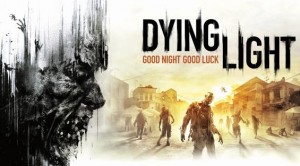 Dying Light by Techland scared the bejesus out of me when I played it during PAX Prime this summer. You can get a quick take on my impressions of the game in this post. But I’ll summarize in saying that Techland has given the zombie genre a nice twist and you’ll definitely want to play this game when it releases.
Dying Light by Techland scared the bejesus out of me when I played it during PAX Prime this summer. You can get a quick take on my impressions of the game in this post. But I’ll summarize in saying that Techland has given the zombie genre a nice twist and you’ll definitely want to play this game when it releases.
After having played the game and subsequently changed my shorts, I wanted to dig deeper getting insight as to what goes on inside the minds of game developers who’s sole lot in life is to provide you a gaming experience where when finished, you curl into the fetal position and cry for your mother. And what’s a better way to do just that than to have a Q&A with the team to talk about the game and the inspiration behind it.
If you have a weak heart condition or are averse to the undead trying to claim you as their own, relax; this interview won’t keep you up a night. If anything, it’ll make you want the game more. We give a special thanks to members of the Techland Team for taking the time to talk more about Dying Light. We hope you survive the experience.
SeagateCreative: Can you give a little backstory behind Dying Light – what’s the premise of the game?
Adrian Ciszewski, Producer – Dying Light is a first-person action survival game set in a vast open world. The “action survival” part summarizes the unique gameplay experience that Dying Light offers: players have to use their intelligence, agility, fighting prowess and parkour skills to survive and succeed, because each encounter is an unique event which requires split second decisions. Remember that natural movement system is not only a fun way to travel around the world, if you don’t bust out fast they will get you sooner than you think.
Dying Light takes place in the fictional city of Harran, the cultural capital of a quickly developing country with ancient history. It resides alongside modern civilization in a cultural melting pot. The look and feel of the city has been inspired by many real world locations, but it’s rather hard to point any specific main inspiration for it. Harran is quarantined by the army because of the zombie outbreak, and players take role of survivors trapped inside, fighting against infected but also against other people. While traveling across the city they meet many difficulties and different enemies but you really should think twice – sometimes it’s better to avoid confrontation.
On top of that we have a day & night cycle which really changes the gameplay. During the day the players will traverse the expansive environment, scavenging for supplies and weapons. They also have to prepare for the night, because when it falls the tables turn – the infected become much more aggressive and the most dangerous predators rise.
SeagateCreative: Zombies are a hot commodity right now, what steps did you take to make sure Dying Light separates itself from other zombie shooter games?
Adrian Ciszewski, Producer – The zombie genre has been with us for nearly five decades now – and that’s only if you consider The Night of the Living Dead as the first zombie movie, which is not exactly true. We’re witnessing a renaissance of the genre, and with the new season of the famous TV show I don’t think the theme will be in decline soon. Heck, even Arnold Schwarzenegger has a zombie flick coming.
As for the zombie games, Dying Light offers an experience that’s unlike any other, and to create such experience was one of the goals we’ve had in mind since the beginning. We asked ourselves what would we really do if a zombie scenario would happen for real.
What would it feel like? How would we behave?
Another factor which makes Dying Light different is the freedom of exploration – I bet that when players will taste our take on free running, they will have hard time going back to other games that don’t use that system.
SeagateCreative: How did you establish the storyline for the game?
Rafal Orkan, Writer – We came out with a few general assumptions, which determined our attitude to the story design.
One of them was placing a scenario inside the quarantine zone where residents – left on their own for about 2 or 3 months since the outbreak of an epidemic – had to survive amongst a brand new reality.
It seemed rational that in the face of a peculiar apocalypse the strongest impulse to react for most survivors inside the quarantine zone should be the self-preservation instinct. The other factor that shaped the world was a natural social process of coming together in a group that brings safety to each of its members. But the thing is, is that people forming those communities or leading them have their own idea for surviving; their own purpose – sometimes short-termed, sometimes long-termed. And that they are capable of not just the most noble, but also the most dastardly actions in pursuit of their goals.
In fact exactly this starting point – with the player set inside one such community and surrounded by other groups with different or similar agendas – set our way of thinking about the story and direction of its evolution.
SeagateCreative: The game’s main characters and zombies have a very distinctive look and feel? What was some of the creative inspiration behind their designs?
Pawel Selinger, Art Director – Speaking of character creation most generally we can divide them into two groups – alive and infected.
The first one are survivors who couldn’t handle the circumstances they are in and their existence is strictly dependent on the other fraction of survivors – the heroes, who despite of rough reality manage to overcome fear and fight for their lives. This fraction is characterized by attributes referring to adaptation amongst hostile surroundings where you have to be fast, agile and ready for anything. So they wear rather small bags on belts, cargo trousers with many pockets, long-sleeved T-shirts protecting from abrasion, flashlights covered with masking tape in case of a fall or free running shoes facilitating efficient movement.
The second group is formed by the infected. While designing this faction we took inspiration not only from the classics of zombie genre but also from diseases really existing on Earth. In the space of game players can observe the infection progress referring to time that lapsed since contamination. While creating special enemies we brought up some symbols that accompany the most important attributes – and that’s how we created a Toad that spits toxin – it’s inspired by some of poisonous species.
In general we took our inspiration among others from 28 Days Later, I Am Legend, The Walking Dead and work of George A. Romero.
SeagateCreative: Games have so many moving parts with regards to design, graphics, audio and more. How do you creatively collaborate given all these components in making a game?
Adrian Ciszewski, Producer – Making a game contains a wide variety of activities we have to put together and it’s difficult to explain them in just a few words so let me illustrate it on the example of one of the main features in Dying Light – the survival.
Self-preservation instinct is one of the primary instincts. Subordinating gameplay elements to it is not that difficult if you’re being consistent. The creative team guards the vision of the game analyzing every single step of production and adjusting them to the big picture.
What is much more difficult is to balance all of the components in a way that makes the whole thing a great game and not an extremely difficult simulator where every bad decision brings death. To be on the safe side we make focus test to confirm the decisions we make. Still it’s up to the creative team to make it all work the way it does – and people love it.
SeagateCreative: Daylight is a very important element for the game, from a creative standpoint how easy or difficult was it to make this a core hook for gameplay. How did this hook impact game and level design?
Adrian Ciszewski, Producer - This issue seemed to be very simple at the beginning. But the more we got into it, the more complicated it became.
An impact on what a task looks like and the diversity of threats in a quest in relation to time of the day was enormous. We had to create very transparent rules of night and day.
Additionally every single quest and the whole world depend on a greater system – one that doesn’t restrict players by scripted actions but generates emergent gameplay situations on the fly.
SeagateCreative: Given that you are based in Poland, are there any special considerations that you have to be mindful of when creating a game for International audiences?
Pawel Kopinski, International PR & Marketing Director – Poland is as good as any other country for game developers. Maybe even one of the best regarding our direct access to a well-qualified and passionate staff that grows with new graduates every year. While producing games we have to remember not to measure other people by your own yardstick. Every cultural area or sometimes even a single country manifests itself with a specific mindset, sensitivity and a hard-earned worldview. We must respect and appreciate this variety in trying to find attractive and understandable communication patterns for all.
SeagateCreative: What were some of the things learned when developing previous games such as Call of Juarez, Chrome or Xpand Rally that you applied to Dying Light?
Adrian Ciszewski, Producer – Most of all, owing to previous projects we learned to act more efficiently. The Scrum methodology and interdisciplinary teams work so much better these days. Of course there are many more benefits.
One of the main advantages is the fact that most of our games came into being and were created with our own Chrome Engine, that gives us the comfort of adapting the engine to our game mechanics and not the other way round. Right now we are working on its 6th edition. The whole system -as well as each separate tool- has been tested and tweaked over years. The team put a huge effort into turning it into an amazing and unique setup that runs Dying Light pretty well.
I must say that the experience and knowledge gathered through all these years allow us to work with our eyes closed.


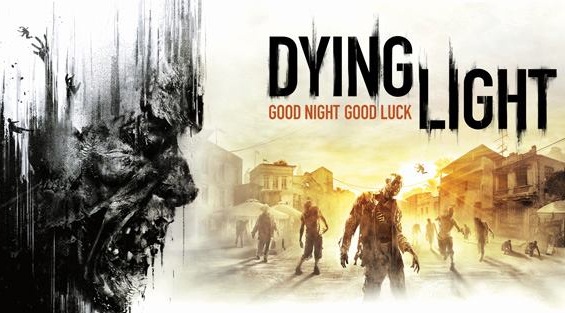
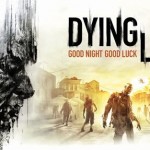
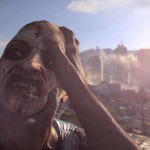
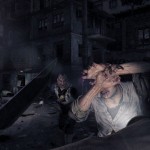
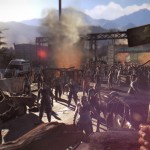
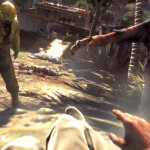
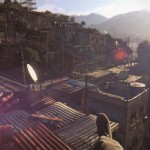

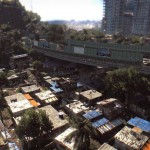

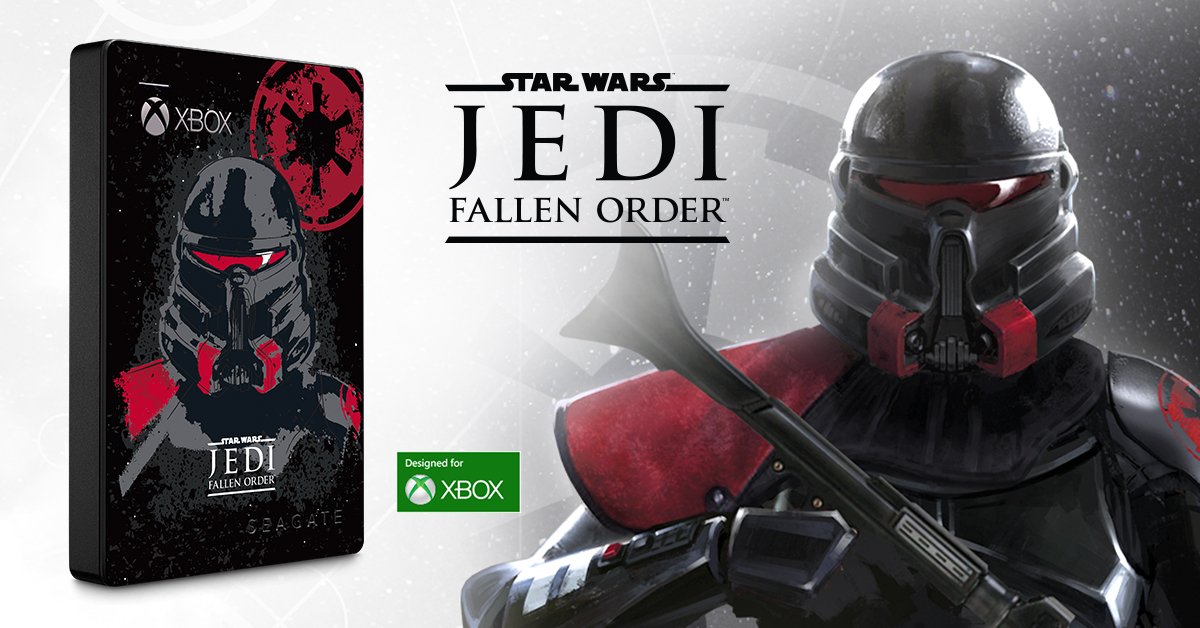

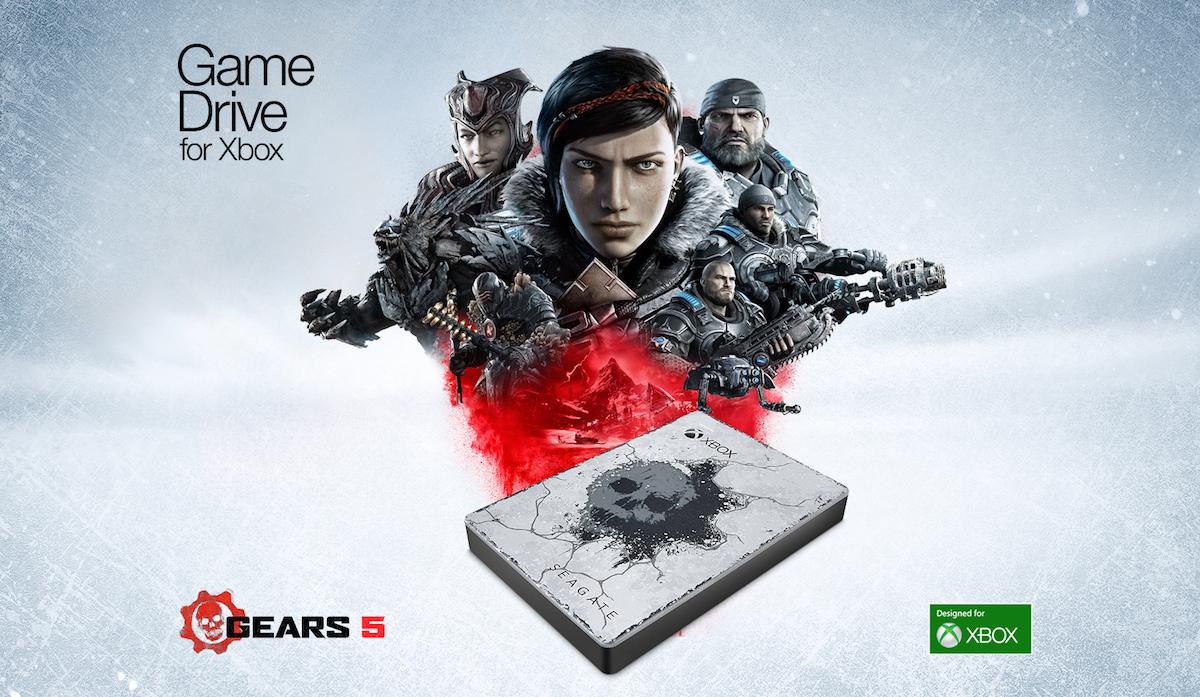
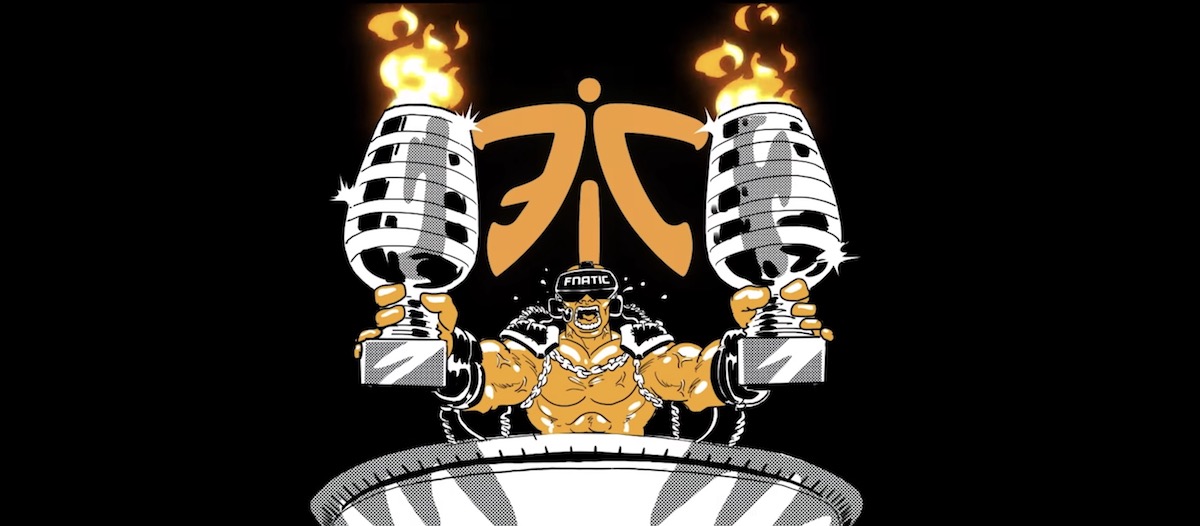
I am going to start a blog on the same topic soon, thats why Im so interested in your article. Would you mind if I used several of your thoughts for my personal blog? Ill certainly refer to you as the original resource and set up a hyperlink pointing back to your site. Thanks!
Nope, don’t mind at all. Have at it. 🙂